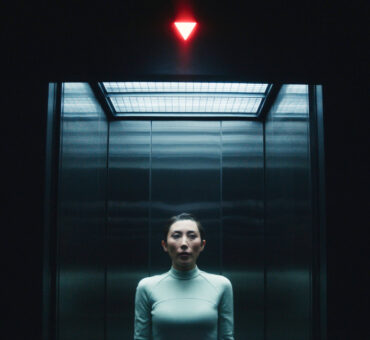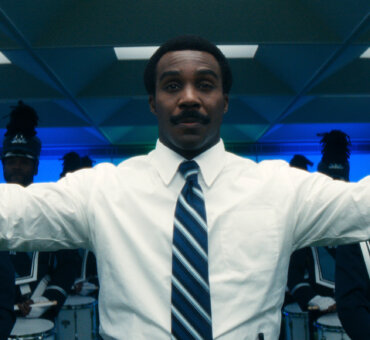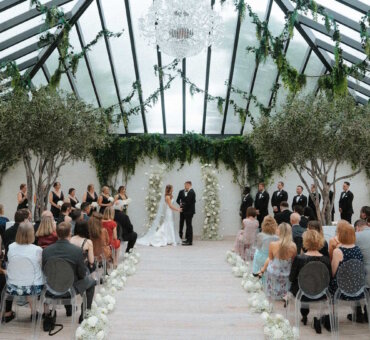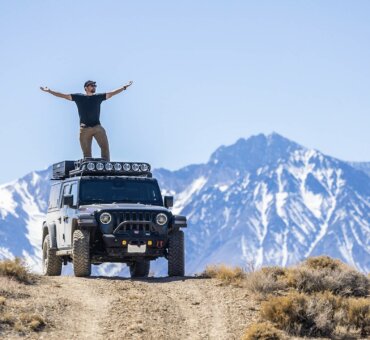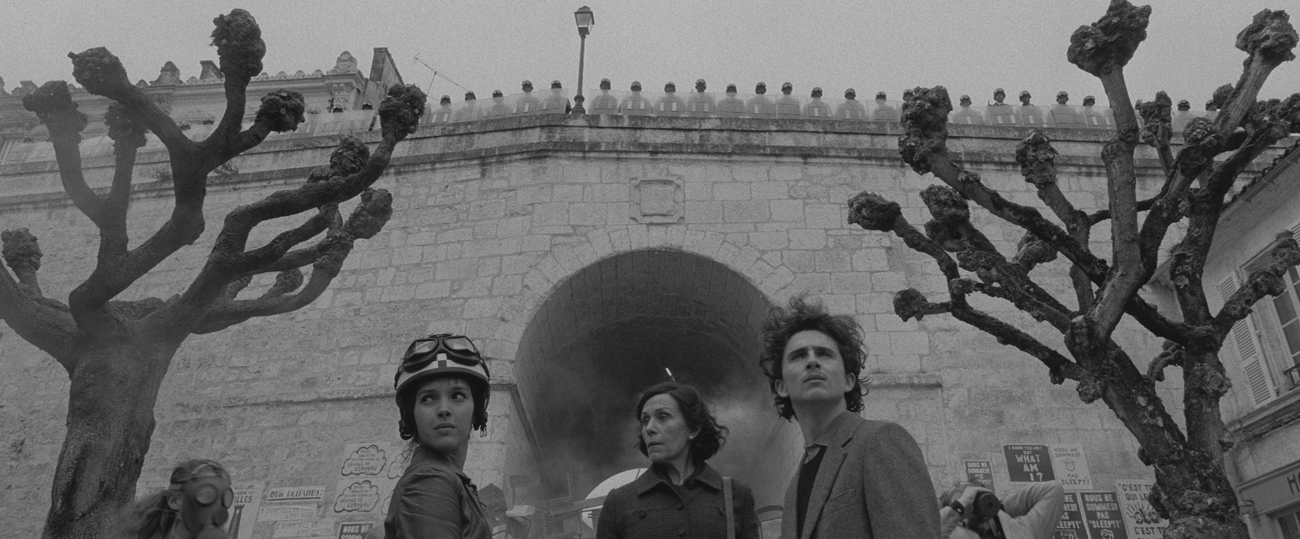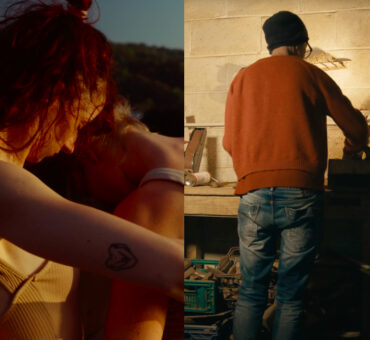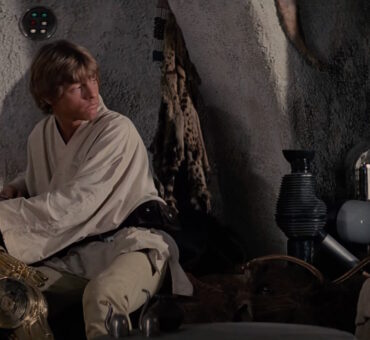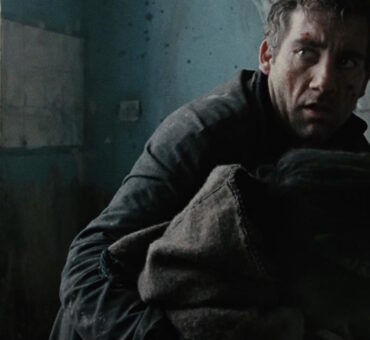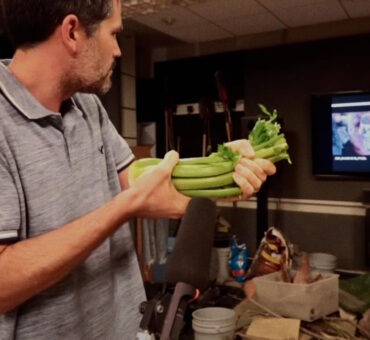Filmmaker Wes Anderson’s roster of movies embraces both the eclectic and the eccentric, employing distinctive camera perspectives and an ever-increasing number of familiar faces playing characters as quirky as their surroundings. Anderson’s latest feature, The French Dispatch, depicts various episodes revolving around an American newspaper editor’s operation in France — and it includes several of Anderson’s favorite techniques, like mixing old-school miniature effects and stop-motion animation with live-action, as well as shooting on film rather than digital.
Cinematographer Robert Yeoman, ASC is a key collaborator of Anderson’s. After shooting 2nd unit on a pair of William Friedkin thrillers, he became a DP on a variety of Indie-minded projects, including Drugstore Cowboy and Dogma. His association with Anderson goes all the way back to Bottle Rocket, with his work on The Grand Budapest Hotel netting him an Oscar nomination. Already teaming back up with Anderson for next year’s Asteroid City, Yeoman spoke with us about the adventure and challenge of shooting Dispatch on location and on stage in Europe.
Here’s ASC Robert Yeoman.
Musicbed: Does Anderson have an established approach to the prep period on his projects?
Robert Yeoman: He sets up a library of DVDs and Blu-Rays. This time much of that was based on the French New Wave – visually anyway. Filmmakers whose work inspired in this way included Louis Malle, Henri-Georges Clouzot and Jean-Luc Godard. The New Wave aspect meant we’d mainly be shooting in the ratio of the time, 1:37, and on black-and-white film.
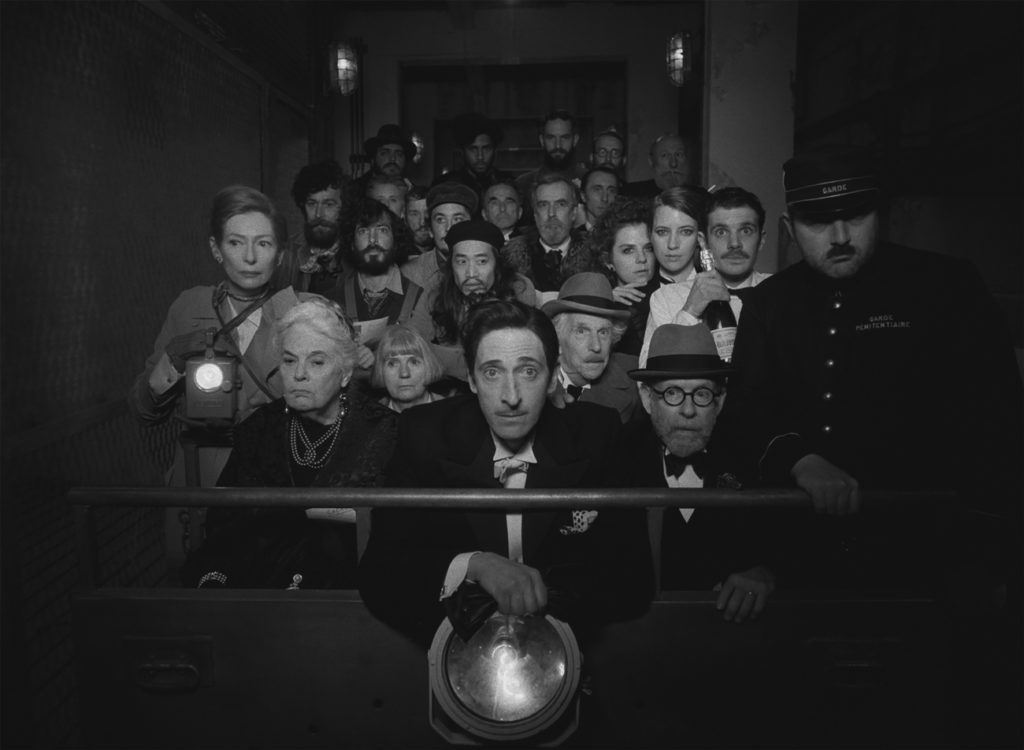
Typically, Wes doesn’t define the exact era, though it looks mainly 1960s, with bits of the ‘50s and ‘40s thrown in. When looking at locations during prep, I often shoot some film in natural light to get an idea of how things look, and throughout, we hoped for cloudy days, which again tied back into that New Wave look. We shot in France at Angouleme, and production found a nearby factory to serve as our stage and base of operations in southwest France.
That reliance on previsualization sounds like a modernized version of how Hitchcock worked.
Wes uses it for both exploratory and technical reasons. It gives you an idea of how things will go together, while also giving production a pretty firm idea about what will be seen, and therefore how much will need to get built. I’d use crew-members as stand-ins when shooting [the animatic] so we’d have basic blocking and could get an idea about where the light would be coming from.
Anderson wanted to shoot on film again, rather than digital — how did that go?
While we had shot 16mm on Moonrise Kingdom, we were back to 35mm this time, mostly black-and-white stock, with some color at certain points. We found a place in Paris to process the stuff, but getting the stock was much more of an issue. Only so much gets made in Rochester, New York, so there is a huge lead time when ordering. It’s made to order pretty much just for us, though Kodak and I both hope it inspires others to shoot monochrome. Equipment-wise, These are the same ArriCam ST and LT cameras I used twenty-five years ago; for lenses, beginning with Hotel, we began using the Cooke S4s.
A lot of people are rushing to embrace older glass now, but if Wes puts up three actors across the frame, they all have to remain sharp, and the fall-off with older lenses would work against that. Then, when special emphasis was needed, we went anamorphic, using modern Arri Zeiss lenses [such as when the art works in the prison are revealed, which is also an example of the film switching to color for effect].
It sounds like his creative approach is equal parts aesthetics and efficiency?
We do the opposite from the norm in many instances. Lately, DPs want to shoot wide-open for the shallow depth of field, but Wes and I both like how the big stops let us carry focus while affording creativity to stage in depth.
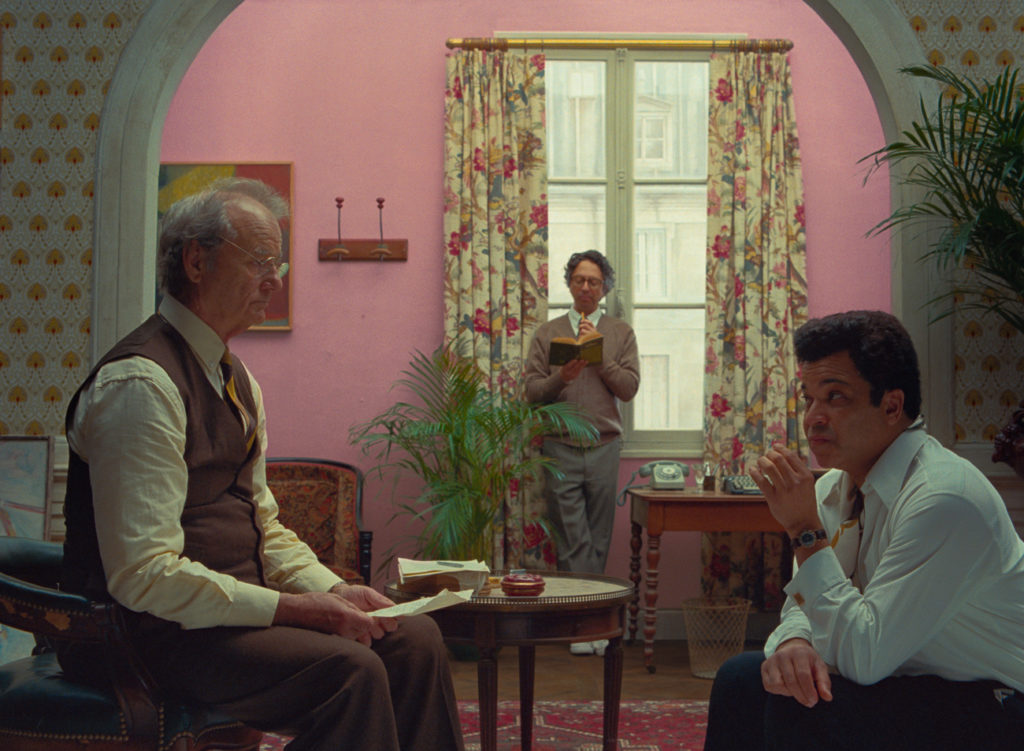
Even today, I love Gregg Toland’s deep focus work in Citizen Kane; I just don’t care for mushy backgrounds. That might mean having to bounce 18Ks off the ceiling to boost the overall illumination, but it got us to F/11 on the Kodak [5213] 200T stock [Kodak’s Eastman Double-X 5222 for black-and-white scenes.] In addition to the HMIs, I used a lot of tungsten, and I am finding ARRI SkyPanels very useful for their versatility when it comes to color temperature.
Many director/DP collaborations rely on verbal shorthand they develop over the course of doing pictures together. Did French introduce any new challenges and experimentation?
Each movie is different. He encourages all of his collaborators to push the envelope, not just me. He likes going with less light than I would typically use, so we’re working right on that edge when shooting film. I find that stressful without the safety net of a monitor, but you just have to trust in your experience, your eye and your meter. That’s old-school days, but metering is reliable.
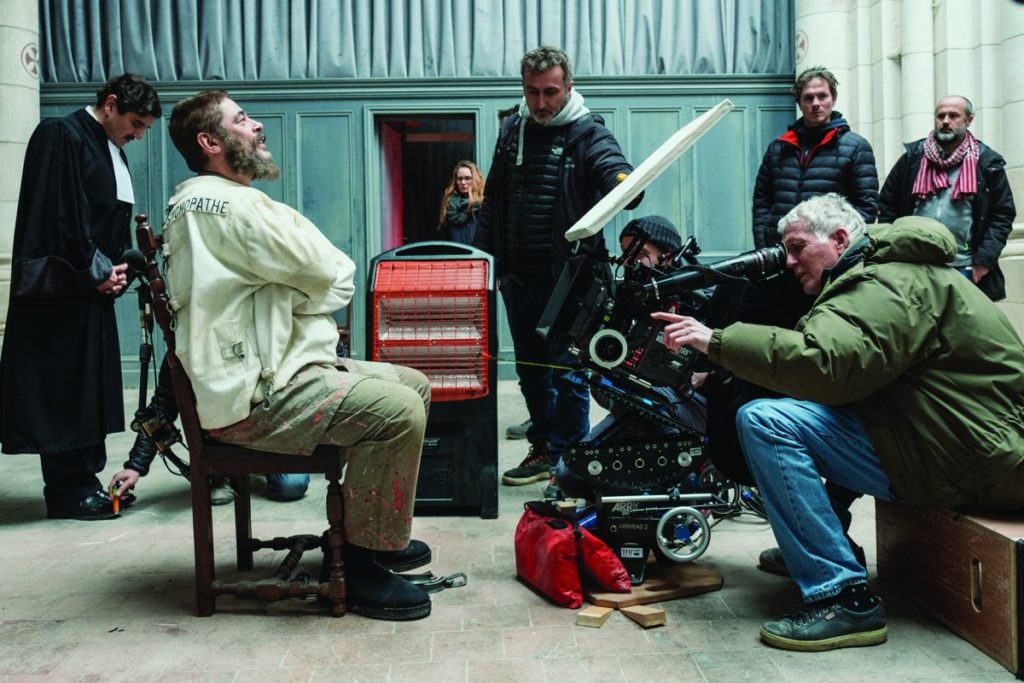
Most digital shoots don’t seem to use them, and I think you can see a difference. It still amazes me what shooting film can bring back into the image; I use my spot meter quite a bit to make sure we’re not too far down in the shadows.
During “The Private Dining Room” section of the movie, we see one of those ambitious compound camera moves going through various rooms and seeming to turn on a dime. How did that work?
Yeah, Wes designed some very intricate dolly moves, which meant bringing a lot of track. At times, we had a track on top of a track so we could move both laterally and in-an-out during shots. That let us make those speedy right-angle turns and still manage to keep subjects in frame at precisely the right spot. Operating camera for those shots sometimes required me to do a contortion act at the beginning, and then I un-corkscrew to a more stable position as the shot progresses.
In addition to the ever-growing ensemble of returning actors, there seems to be a number of returning crew members as well?
Our crew is small, including a bare minimum of people. Even though it isn’t really the case, Wes always says we are making a student movie. There’s no video village, just Wes with a little monitor he can check, though he usually just watches the actors. This makes it a more intimate experience, which everybody seems to appreciate, probably because so few filmmakers take this approach anymore.
Wes always gets a small “boutique” hotel and has everybody stay there – cast, producers, editor, production designer – so there’s anywhere from ten to twenty-five people depending on cast. We’re the only ones in the hotel, and we have dinner together each night, so there’s a genuine family atmosphere. It lets us talk about the movie or whatever else is going on, and it gives us a chance to know the new people better.
Is the combination of shooting film and then finishing via DI a sort of best-of-both-worlds approach to modern filmmaking?
It used to be only film finishes for us, but working digitally offers so much more control, especially when there is the matter of elements and graphics being added in post. And being intimately involved through that only helps contribute to my feelings about every new picture, that even after all these years, each one is a learning experience.
Read more about How to Tell a Story with Music: A Look At Wes Anderson’s Famous Scores.
























